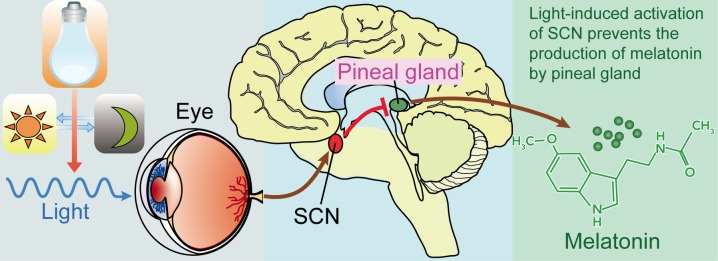Figure 1. Light, suprachiasmatic nuclei (SCN), and the pineal/melatonin circuit.
Melanopsin in retinal ganglion cells in the eye respond to light (natural or artificially) and transmit signals to the SCN. Then light-induced activation of the SCN prevents the pineal gland from producing melatonin and; conversely, melatonin production and secretion is increased during the dark period.

